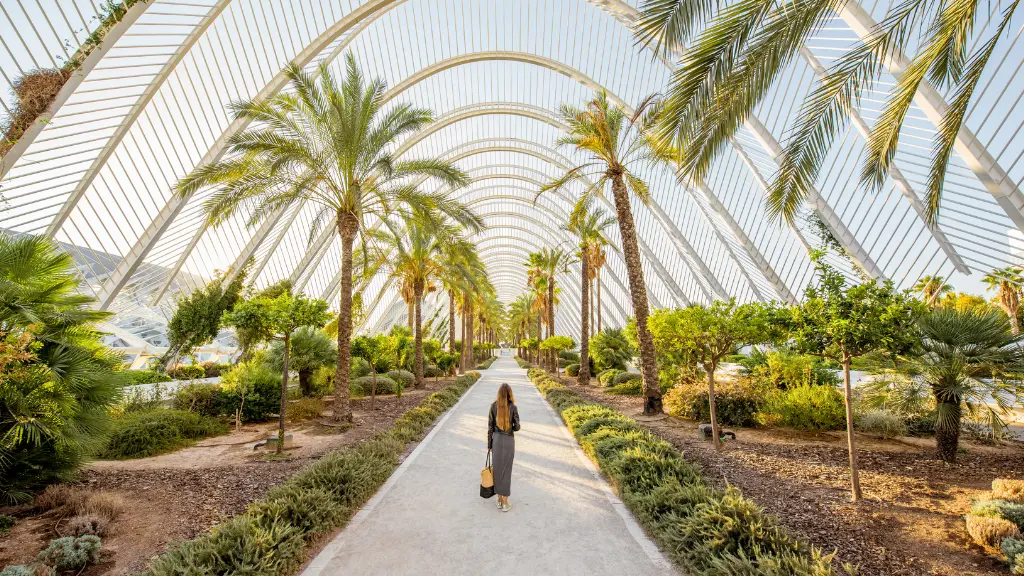Valencia, the vibrant coastal city in Spain, is a destination that seamlessly blends modernity with rich history. With its stunning architecture, delicious cuisine, and lively atmosphere, exploring Valencia is a must.
Fortunately, getting around this beautiful city is easy, thanks to its various transportation options. Here’s a comprehensive guide to navigating Valencia by foot, bike, metro, and more!
You May Also Like: Great Ways to Get to Know Montréal for Free
1. Exploring on Foot
Walking is one of the best ways to experience Valencia’s charm. The city is pedestrian-friendly, particularly in the historic center, where many attractions are within easy walking distance.
- Key Areas to Explore:
- Old Town (Ciutat Vella): Discover landmarks like the Valencia Cathedral, Plaza de la Virgen, and Mercado Central.
- Turia Gardens: Stroll through this beautiful park, which was once a riverbed, and enjoy its greenery and recreational spaces.
Walking allows you to take in the sights at your own pace, stop for a coffee, and explore hidden gems along the way.
2. Cycling Through the City
Valencia is known for being one of the most bike-friendly cities in Spain, with extensive cycling lanes and a flat landscape.
- Biking Options:
- Valencia’s Public Bike Share Program (Valenbisi): You can easily rent a bike from one of the many Valenbisi stations scattered throughout the city. With a small fee for short-term rentals, it’s an affordable way to explore.
- Bike Rentals: Numerous local shops offer bikes for rent, including guided tours if you prefer an organized experience.
- Best Cycling Routes:
- Turia Gardens: Cycle through this beautiful park that runs through the city, connecting various neighborhoods and attractions.
- Beach Promenade: Ride along the waterfront from the city center to Valencia’s stunning beaches, such as Playa de la Malvarrosa.
3. Using the Metro
Valencia has a reliable and efficient metro system that connects the city and its surrounding areas.
- Metro Lines: The Valencia metro consists of several lines (L1, L2, L3, L4, L5, and L7) that cover key areas and attractions.
- Tickets: Purchase single or multiple-ride tickets at the metro stations. A Valencia Tourist Card is available for unlimited travel on public transport, making it a great option for tourists.
- Key Stops:
- Xàtiva Station: Near the train station and central attractions.
- Alameda Station: Close to the Turia Gardens and modern architecture like the City of Arts and Sciences.
4. Buses and Trams
In addition to the metro, Valencia has an extensive bus and tram network, making it easy to reach areas that are not served by the metro.
- Buses: Operated by Empresa Municipal de Transportes, buses cover all corners of the city. They are frequent, and you can check schedules online or at bus stops.
- Trams: The tram system connects the city with nearby beaches and neighborhoods. The Line 4 tram takes you from the city center to Playa de la Malvarrosa.
5. Taxis and Rideshares
For a more convenient and direct route, taxis and rideshare services like Uber are readily available in Valencia.
- Taxis: You can find taxis at designated stands or hail one on the street. Ensure the meter is running, and confirm your destination before starting the ride.
- Rideshare Apps: Uber operates in Valencia, providing an easy way to get around, especially for longer distances or late-night travel.
6. Plan Your Routes
To make the most of your time in Valencia, consider planning your routes in advance:
- Google Maps: Use navigation apps to find the best walking, biking, or public transport routes.
- Local Guides: Check out local tourism websites or apps for tips on navigating the city and discovering hidden gems.
Conclusion
Navigating Valencia is a breeze, thanks to its diverse transportation options. Whether you prefer walking through the historic streets, cycling along the Turia Gardens, or taking the metro to explore further, you’ll find that each mode of transport offers a unique perspective of this captivating city. With its blend of culture, history, and modernity, Valencia is waiting to be discovered—so grab your map, hop on a bike, and start exploring!










